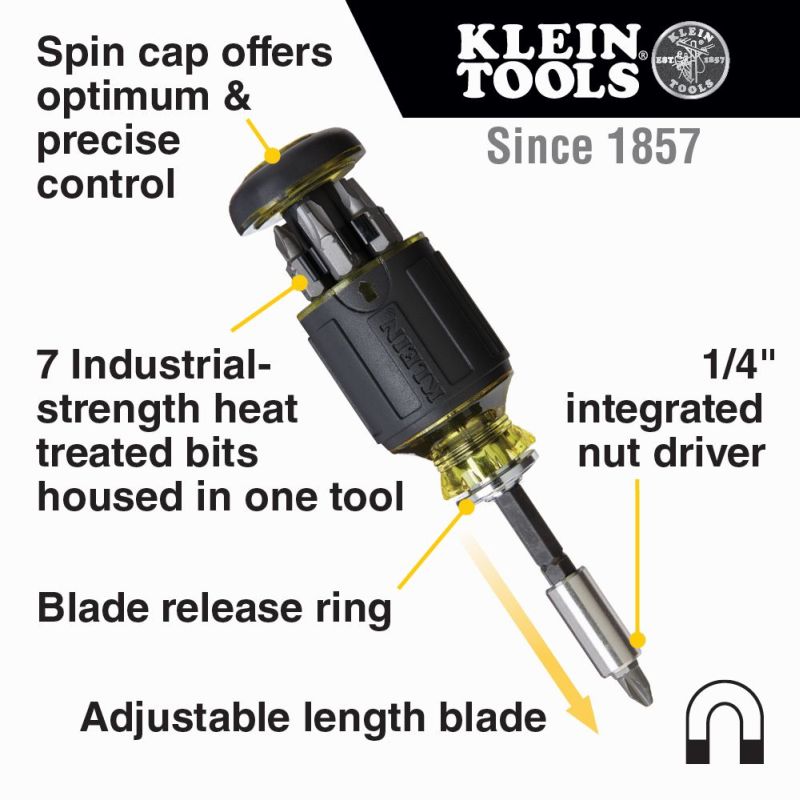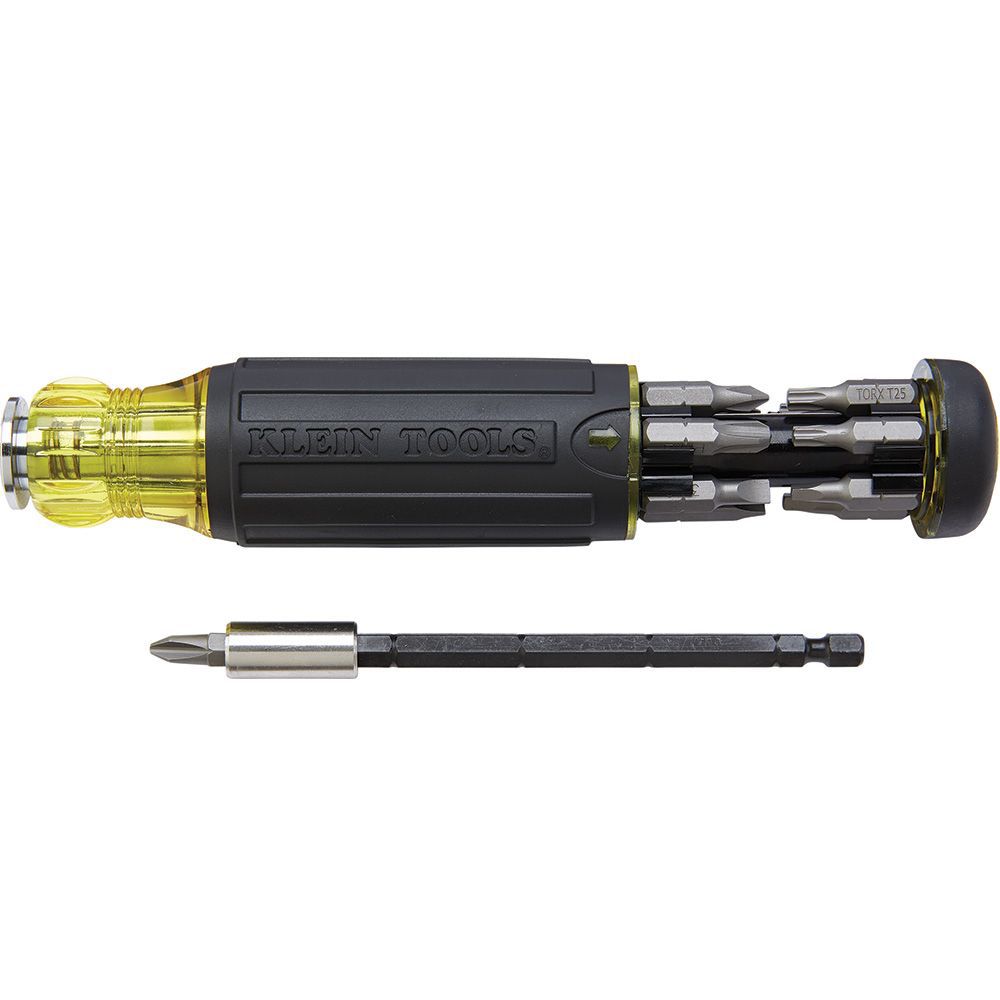
There is little record of the early implementation of the rotary lathe and the subsequent commercialization of plywood as we know it today, but in its 1870 edition, the French dictionary Robert describes the process of rotary lathe veneer manufacturing in its entry Déroulage.



Understanding the industrial potential of laminated wood, he invented the rotary lathe. Ībout fifty years later Immanuel Nobel, father of Alfred Nobel, realized that several thinner layers of wood bonded together would be stronger than a single thick layer of wood. cut along or across the log manually in different angles to the grain and thus limited in width and length. Veneers at the time of Bentham were flat sawn, rift sawn or quarter sawn i.e. Bentham was a British naval engineer with many shipbuilding inventions to his credit. In his patent applications, he described the concept of laminating several layers of veneer with glue to form a thicker piece – the first description of what we now call plywood. In 1797 Samuel Bentham applied for patents covering several machines to produce veneers. This is believed to have been done purely for cosmetic and economical purposes but it turned out to be a great alternative to pure wood as it reduced flex, making it a versatile building material. The ancient Egyptians and Greeks cut wood thinly and glued it together in layers with the grain in perpendicular directions as fine wood was in short supply. The word ply derives from the French verb plier, "to fold", from the Latin verb plico, from the ancient Greek verb πλέκω. Some better-quality plywood products will by design have five plies in steps of 45 degrees (0, 45, 90, 135, and 180 degrees), giving strength in multiple axes. Smaller, thinner, and lower quality plywoods may only have their plies (layers) arranged at right angles to each other. Because plywood is bonded with grains running against one another and with an odd number of composite parts, it has high stiffness perpendicular to the grain direction of the surface ply. There is usually an odd number of plies, so that the sheet is balanced-this reduces warping. This alternation of the grain is called cross-graining and has several important benefits: it reduces the tendency of wood to split when nailed at the edges it reduces expansion and shrinkage, providing improved dimensional stability and it makes the strength of the panel consistent across all directions. It is an engineered wood from the family of manufactured boards, which include medium-density fibreboard (MDF), oriented strand board (OSB), and particle board (or chipboard).Īll plywoods bind resin and wood fibre sheets ( cellulose cells are long, strong and thin) to form a composite material. Plywood is a composite material manufactured from thin layers, or "plies", of wood veneer that are glued together with adjacent layers, having their wood grain rotated up to 90° to one another. Softwood plywood made from spruce The principle of making veneers JSTOR ( June 2013) ( Learn how and when to remove this template message).Unsourced material may be challenged and removed. Please help improve this article by adding citations to reliable sources.

This article needs additional citations for verification.


 0 kommentar(er)
0 kommentar(er)
